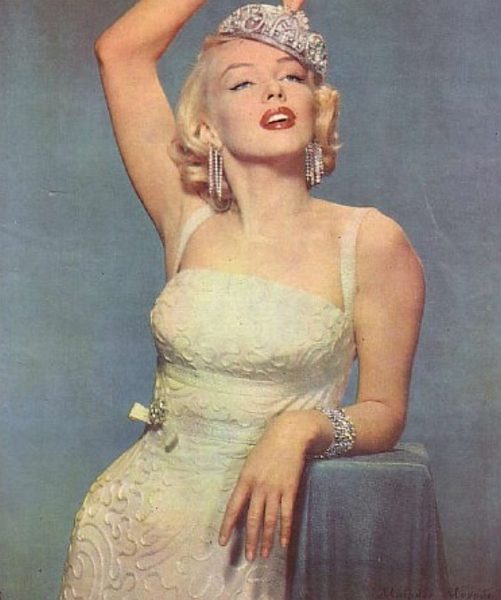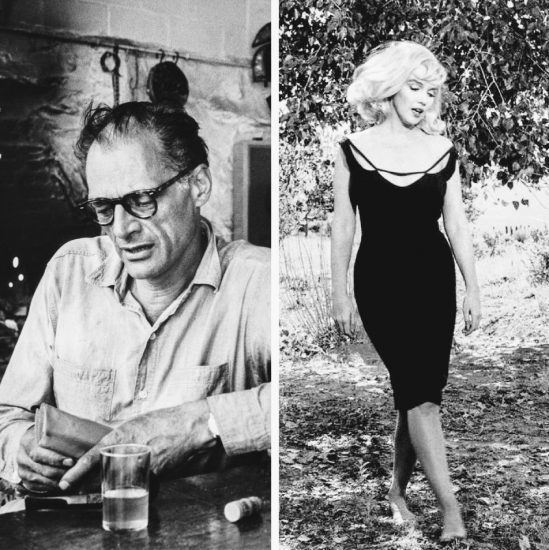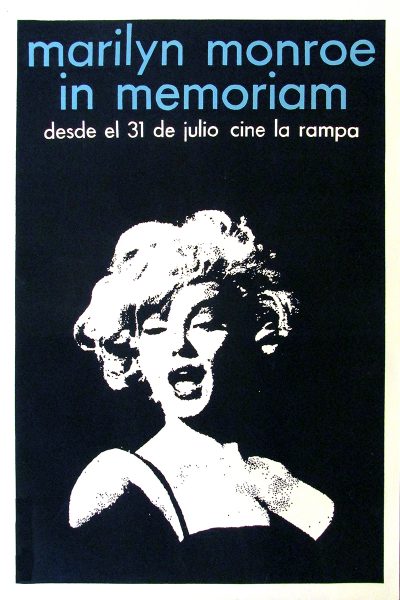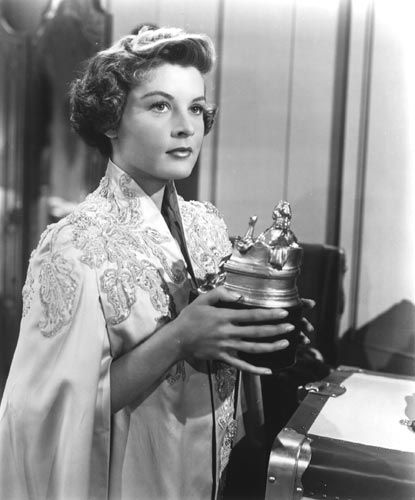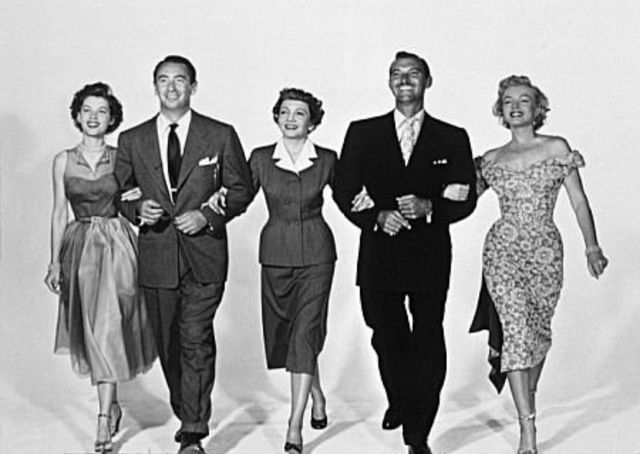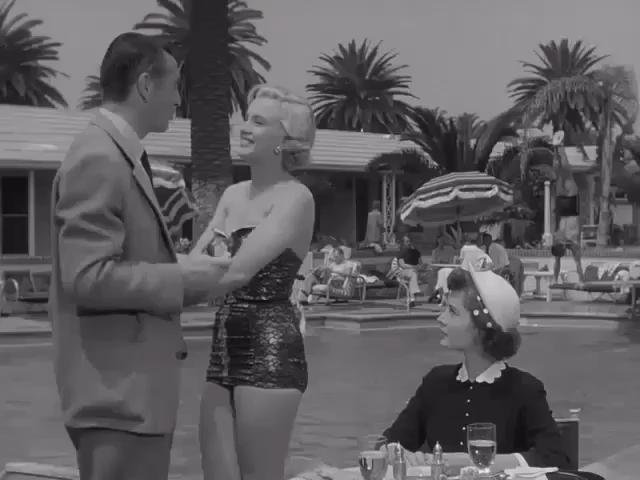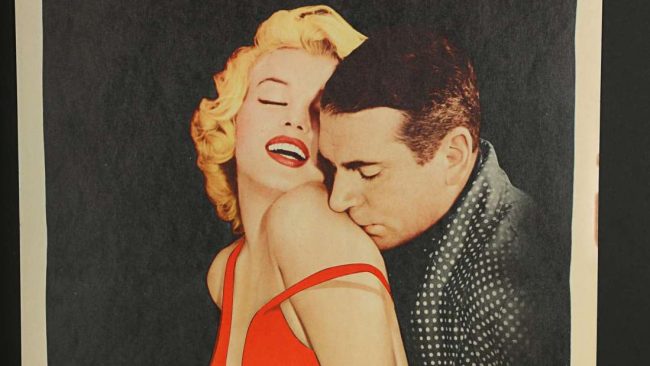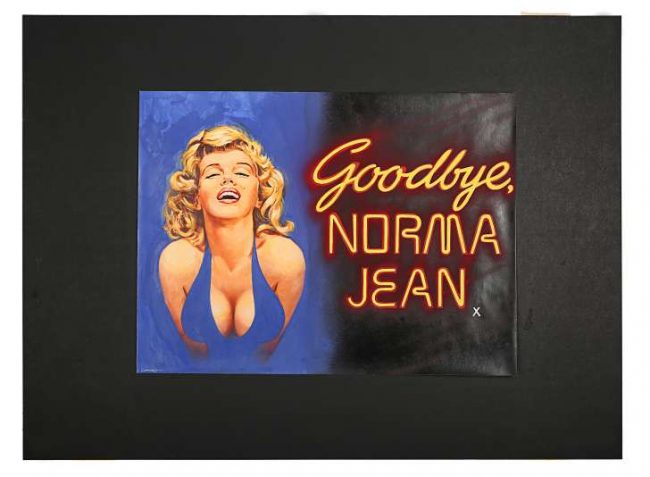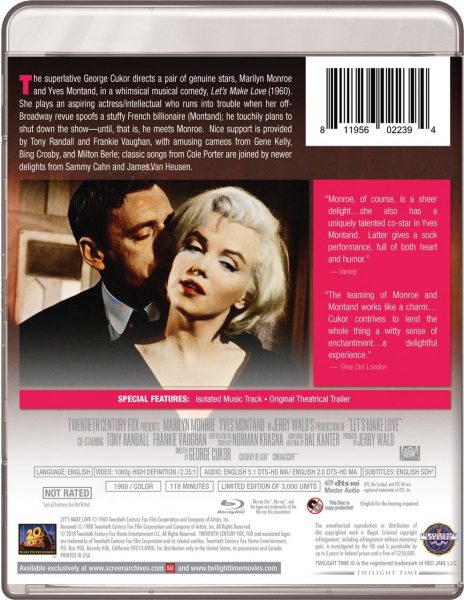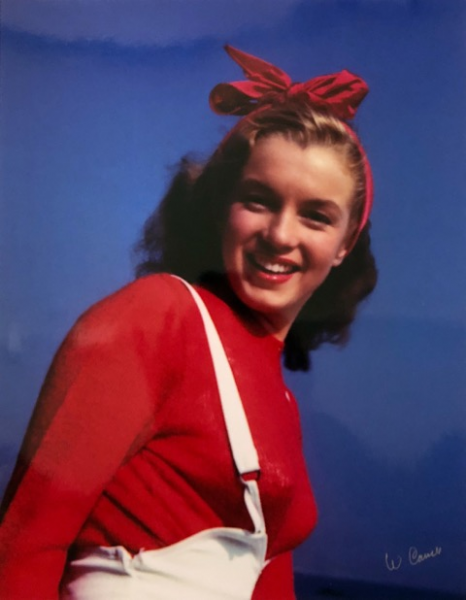
The world’s media has been eager to report on the alleged controversy caused by the summer-long installation of Seward Johnson’s ‘Forever Marilyn‘ at Latham Park in Stamford, Connecticut. The sculpture, inspired by the iconic ‘subway scene’ from The Seven Year Itch, shows Marilyn’s dress blowing in the wind – and its placement has her rear end facing a local church.
Although the headlines would have us believe that the church’s response has been one of puritanical outrage, the reality is more nuanced – with even the harshest critics stating that it wasn’t Marilyn herself that they found distasteful, but the overtly sexual way in which she is depicted.
“I just find the position to be offensive,” local resident Lorri Tamburro told the Stamford Advocate. “I looked at it and it was, in my eyes, very disrespectful. I think because with what I saw with all the little kids looking up, the height is ruining it. It’s ruining beautiful Marilyn.”
Parishioner Jean Meyer, however, felt differently. “You’re going to have different opinions on it, but you have to have a sense of humor,” she said. “There are bigger issues to worry about,” said another church member, Maureen Matthews. “But I’ll be interested to see how people talk about it on Sunday.”
“It is art and we don’t believe it’s offensive,” said Sandy Goldstein, who helped to organise this year’s ‘Art in Public Spaces’ exhibit. Pointing out that many nude female statues can be seen in Europe (including near churches), she added, “We absolutely mean no disrespect to the church.”
“The issue is, why that statue?” Rev. Dr. Todd Grant Yonkman of the First Congregational Church wrote in an email to the Associated Press. “Marilyn Monroe was an artist deserving our respect. Why appropriate her image in this way. Is this the best we can do?”
In a report for HuffPost, Carol Kuruvilla spoke with Yonkman:
“He said he understands the statue is a ‘piece of art’ that is ‘designed to make the viewer uncomfortable … It makes me uncomfortable,’ Yonkman told HuffPost in an email. ‘The question for each one of us is, What will you do with your discomfort? I am choosing grace.’.
Yonkman said he and his congregation, which is part of the progressive mainline Protestant denomination the United Church of Christ, don’t plan on taking any action about the placement of the statue. Instead, they want to use it as an opportunity to connect with their community.
The church has been planning to host a Pride event in Latham Park to show solidarity with the LGBTQ community. ‘Marilyn is a gay icon, so it turns out that this may be a fortuitous coincidence,’ Yonkman wrote.”
